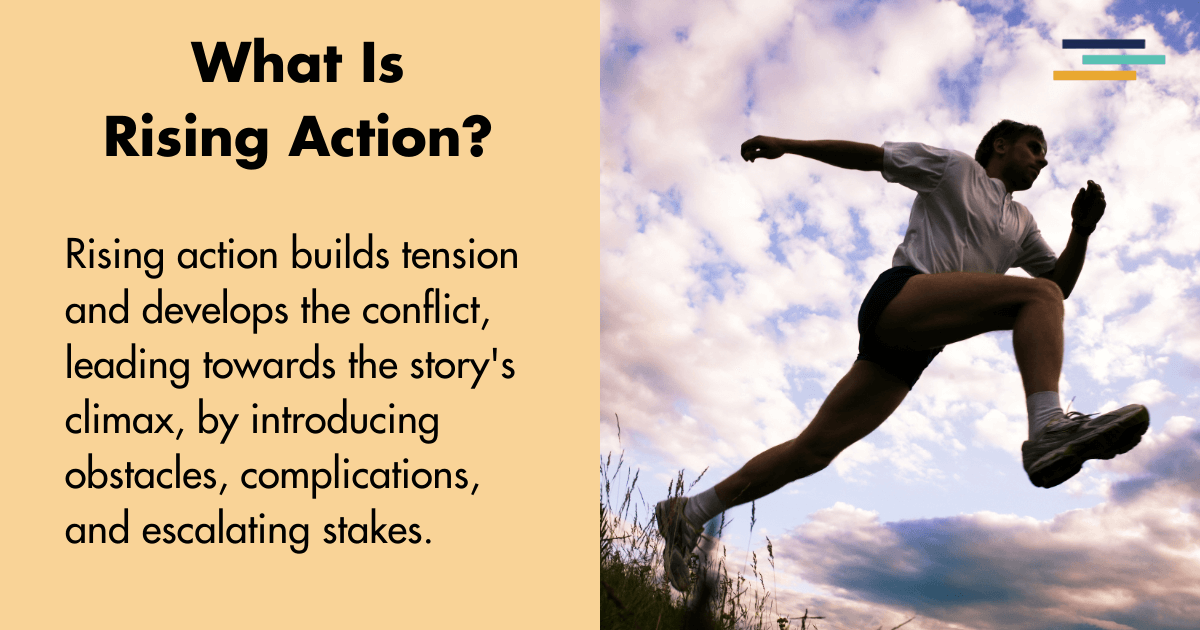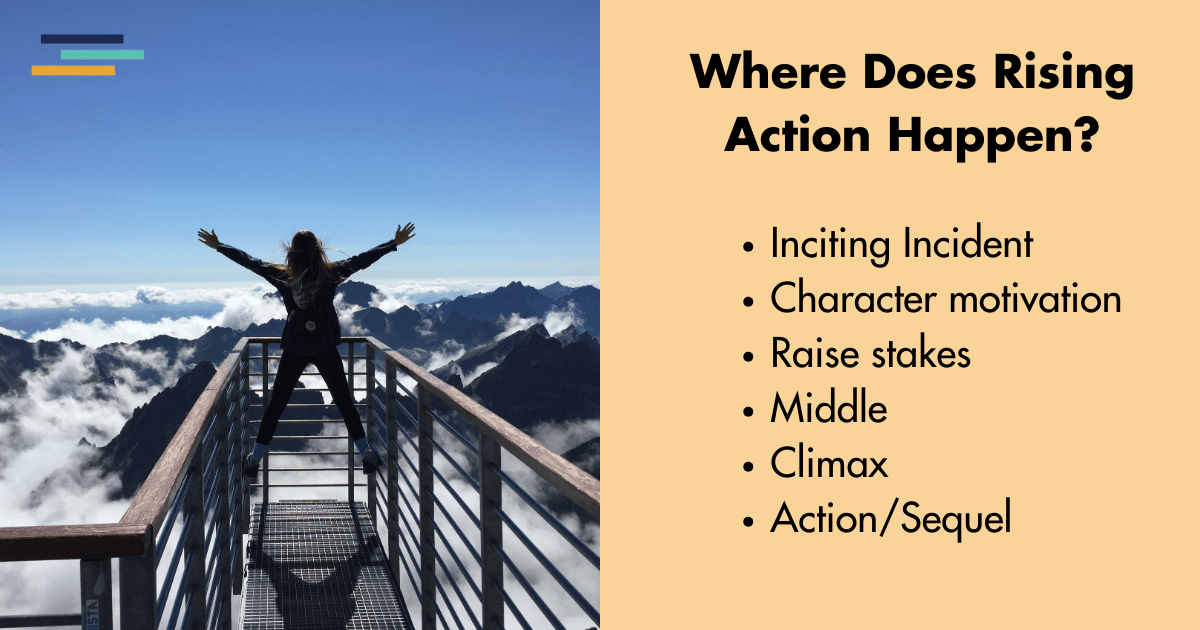
Spring or fall I find are the best times to get out of the house and go for a walk. Sometimes I’m in the mood for a little stroll where I don’t have to work too hard to meander along. Other times I like to get my heart pumping a little. I want a decent hill where I can encounter some change in scenery and feel like I experienced something new.
Other times, I do the full-on preparation with food, water, proper socks and hiking shoes because I want a grand view where I become one with nature. These hikes are going to require substantial commitment. I’m going to get sweaty and exhausted, and I’ll feel like it will never end. While I marvel over the beautiful view and the feeling of being a small cog in a giant world, I’ll somehow scrape together the energy to make my exhausted legs fall back down the mountain.
This can be a bit like reading. Sometimes you want a nice smooth rom-com where you know exactly what is going to happen next and you get a little chuckle along the way. Smooth and easy. No real effort on your part, but you got a quick enjoyment out of it.
Maybe today you’re in the mood for something that’s going to pull a little more out of you. You’ve had a relaxing week, and you want to work a little for your entertainment. Here comes the historical or mystery. More thinking and more details.
Or maybe you’re feeling a bit bored, and you want something more intense. Thrillers or an epic fantasy to go there and back again climbing the tallest mountain protected by a dragon. That struggle that takes you on a journey higher and higher to a resounding climax.
This is the power of the rising action.
What Is the Rising Action of a Story?
Rising action includes the story from the inciting incident through to the climax. It does as the name implies and rises throughout the story. But what is the action that is rising? It is a combination of tension, conflict, plot, story goal, and more.
Now, your story goal tracker may look different, but for some reason, mine always looks like someone climbing increasingly higher peaks with little descents in between until they reach the final peak at the climax. The story goal tracker in Fictionary StoryTeller, is found under the visualize tab, and under character insights. The story goal tracking element is focused on how the protagonist is driven closer to or farther away from achieving their story goal in the climax.
To me, this is the visualization of rising action. It is a line graph with x being the timeline of your story, y being the tension and conflict of each scene, and the points being the plot of your story. I like to call these plot points. Get it? I know. I’m making math and story super entertaining, right?
As your character comes up against conflict (an obstacle they must solve to achieve their goal) the tension rises, and their action rises. They must make more decisions and take increasingly difficult measures to achieve their goals. This rising action is important because they aren’t ready to go straight to the conflict at the beginning of your novel and that’s okay. Your protagonist needs to learn and grow into their role.
Because none of us are crazy enough to run straight up a mountain. Okay, I did in my youth when training—well, more like tall hills. The point is, no reader wants to experience that. Thrillers probably get the closest to running straight up, but even they need breathing points and water stations.

What Happens in Rising Action?
Even if you are writing a book blurb, poem, short story, or Brandon Sanderson length epic fantasy, you need rising action. We start with an attention grabber, like the inciting incident, and move our way (some more slowly than others. I’m looking at you literary fiction) to the ultimate climax with the highest conflict and tension of the novel.
There is this cool new thing the Fictionary software can do. By just pressing a button, you can discover the tension and conflict in each scene. For the most part, the stakes should rise from scene to scene. The character must become more competent or learn some emotional lesson, and each step on the path gets them closer to this peak of enlightenment (that’s your character arc).
Some steps take them downwards, but the most interesting path is never straight. And you want to keep your reader’s attention here. That’s another reason for not zipping straight up the side of the cliff to the peak. That’d be boring.
No one will finish the story if they know in the first few chapters that your character is going directly to the top (And it would be a very short story indeed). They need to get lost for a little while. Maybe they lose their compass and have to rely on the direction of the sun or stars. They need to stumble and fall. Maybe they get hurt or maybe they find a new path. And maybe there is a wolf or two in the woods pushing them to go faster at times or making them stop to hide or build a fire at other times.
How Does Rising Action Fit into the Plot?
Since the rising action is the major chunk of your story from inciting incident to climax, it includes most (if not all) of Act I, ACT II, and ACT III. That is the bulk of your novel! We are only leaving out the setup and the resolution. These are the moments where your reader is strolling, and when we sneakily trick the reader into our world because it is so easy to read. Unless you like the surprise of dropping them off a cliff and start with the inciting incident.
Save the Cat Writes a Novel calls this section fun and games. And while your reader should be having fun, and you as the writer are getting a big kick out of the progressively worse things you can do to your characters, I’m pretty sure those characters are often not having fun, as they have not been made aware of the game you are playing. But that doesn’t matter, as all you should care about is enjoying the writing and thinking about the reader experience.
This rising action is key whether you are writing a romantasy, werewolves and shifters, women sleuths, humor and satire, dark fantasy, dystopian, game lit, or any other genre. It also applies whether your timeline is straight, zig-zag, curvy, or dependent upon a time lord in a phone booth. If you want your reader to pick up your next book, then you need rising tension.
How to Write Rising Action in a Story
Well, as I said before, each scene of your story is a plot point on the rising action graph. But how do you make sure the action is rising? Here’s a bullet list of what you need to do (because I’m totally visual and I love lists that I can check off) and the Fictionary Story Elements that we will focus on:
- Inciting Incident
- Character motivation
- Raise stakes-Tension/Conflict
- Middle
- Climax
- Action/Sequel
Inciting Incident
Each scene, or goal, has its own inciting incident.
Now, this is not completely true because sometimes your character won’t achieve their goal in one scene, and they might need to try, try, again until they do or the goal changes.
On their journey, they are going to have tiny goals, small goals, medium goals, and large goals that all add up to achieving the final story goal. Each of these smaller goals is going to have its own inciting incident and take a different length of the novel to achieve. This is the entry hook and/or the POV goal. But whatever form the inciting incident takes, it is the beginning of a rise in conflict and tension.
Character Motivation
Before we can get to that, though, we need to make it clear to the reader what the characters’ motivations are. Make their actions and choices believable and organic by explaining without actually explaining it to the reader. These motivations show up in the elements of backstory, flashback, purpose, impact on POV, and more.
Raise stakes with Tension and Conflict
Next, we need to check that not only is there tension and conflict (click on the Just Ask Fictionary tab if you aren’t sure), but that it is increasing from the last scene. We mentioned before that you want moments of rest, but overall, the tension and conflict should be constantly increasing. Don’t fully release it until the climax.
Middle
The middle is the spot where new information, a new person, a new obstacle, or a new direction comes to light. This is the twist that ratchets up the tension a bit more.
Climax
The climax comes toward or at the end of the scene. Sometimes the climax and the hook are the same because the reader wants to know what happens after they finally achieve or don’t achieve the goal of the scene.
This is where tension and conflict are at their greatest within the scene and the reader gets some relief, but not all.
Action/Sequel
Whether the scene is action or sequel matters because action scenes are where you are going to get the most conflict and tension, with the rest spots often coming during the sequels.
Action scenes and sequel scenes are a never-ending engine for your plot. There is a little thing called cause-and-effect that applies to your plot.
The decisions and actions that your character makes in one scene will create consequences they must deal with, new plans for the next step must be made, and then a new action will occur based on the new plan, which will also have fallout. This engine pushes us resolutely onward and upward through the rising action. And it will often include the hook.

Rising Action Examples
“That’s such an exhaustive blog about what rising tension is and how to use it,” I hear you say. I know, I’m exhausted too. If you feel like you just ran up the side of a mountain with your head down and now don’t know where you are, don’t worry.
I always need my hand held with plenty of examples, practicing on my own, then kind and loving corrections from other Fictionary Certified StoryCoach Editors and Instructors and my author friends before I start getting it kind of right.
If you go to the My Bookshelf in Fictionary StoryTeller and choose the Examples tab, you will find a few choices. The ever-helpful Fictionary Universal Outline from K Stanley and L Cooke’s lovely craft book, Evolution (full of mistakes to give budding and older authors a guide on how to use the 38 Fictionary Story Elements for editing), a new Fictionary Romance Outline, and good ol’ Alice in Wonderland.
If you click on Alice in Wonderland, you can see a story arc that looks a bit more like a recurve bow than a trip up a mountain, but it is well-loved because it still stays within the realm of the expected (story arc-wise that is).
Open the manuscript and click on Evaluate to see the Fictionary 38 Elements filled in for the story’s inciting incident. Let’s examine it.
- Inciting Incident: the hook is when Alice follows a talking rabbit.
- Character motivation: Alice is willing to do anything to avoid being bored (typical child).
- Raise stakes: Alice jumps into a seemingly never-ending rabbit hole, and while she is too preoccupied by following the white rabbit to really consider it, the reader knows it will be almost impossible to get back home that way.
- Middle: Alice drinks a shrinking tonic to get through the door (Now she is no longer girl sized, which will be a future problem for Alice).
- Climax: Alice eats the cake to either grow and get the key or shrink more to fit under the door (Tension at its highest here because she has no directions and things could go either way).
- Action/Sequel: Alice made a plan, then followed through with her choice, but the reader does not yet know the consequences of her actions, so they must continue reading to find out.
Do you see how the action rises within the scene itself? Now let us consider a later scene to see if the same thing happens and then compare it to the inciting incident. Plot Point One is the very next scene/chapter.
- Inciting Incident: Alice ate the cake in the last scene, not knowing what would happen.
- Character motivation: She wants to follow the white rabbit through the locked door (She is a bit single-minded to my way of thinking, but I’m not a child on an adventure).
- Raise stakes: Alice grows too big. She has lost the white rabbit again and cries herself into an ocean. See how growing too big keeps her from achieving her goal of getting the key and fitting through the door? She is teased by the reappearance of the rabbit, making it worse when he disappears again, and she can’t follow. Then she shrinks again, but she still doesn’t have the key, and now she is also in an ocean of her tears. Each of these shows escalation of tension and conflict.
- Middle: Alice meets a mouse in the water who could help her. The tension rises because the reader wonders if the mouse is also trapped or knows a way out, and if they do, can Alice communicate with it?
- Climax: Alice gets into an argument with the mouse and it swims away. The highest tension is here because even if the mouse could help her, it now doesn’t want to talk to her.
- Action/Sequel: Alice makes some choices here that have big consequences. She has failed at her previous goal of getting through the door, but a new avenue has opened up. There is a shore that she now needs to swim to because she is trapped in an ocean of her own making. And the reader wants to know if she gets to safety or not.
So, we can see how the rising action progresses throughout the scene, with more and more tension, and new conflicts arising for our heroine. But also, things are becoming more tense and complicated than they were in the previous scene as Alice’s decisions cause her to move deeper into this new land.
Conclusion
And together, we have reached the peak of this mountain. It has been a long hard trek upwards.
From learning that rising action is the meat of your story to seeing the line graph of your tension and conflict as it increases over the course of your protagonist’s journey. Through to seeing the rising action in each of your scenes with inciting incident, character motivations, raising stakes, middle, climax, and action/sequel.
Take a moment to enjoy the fact that you are all now Rising Action Masters! I will leave you to find your own way down, but come back on another adventure with me to discover the magnificent view of another aspect of writing.


